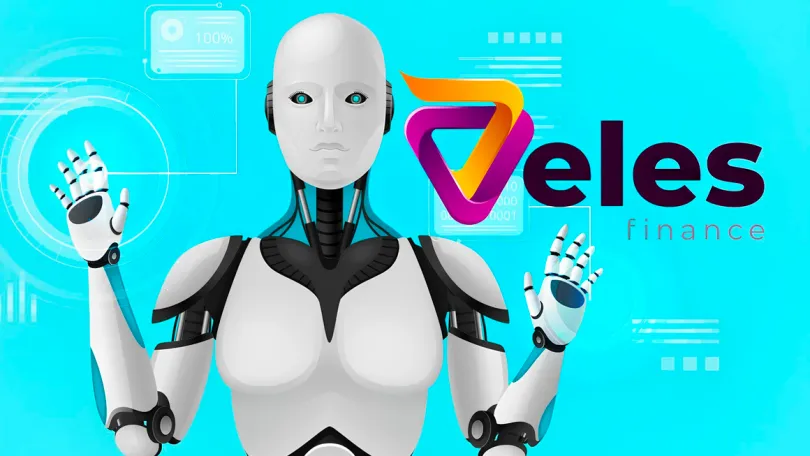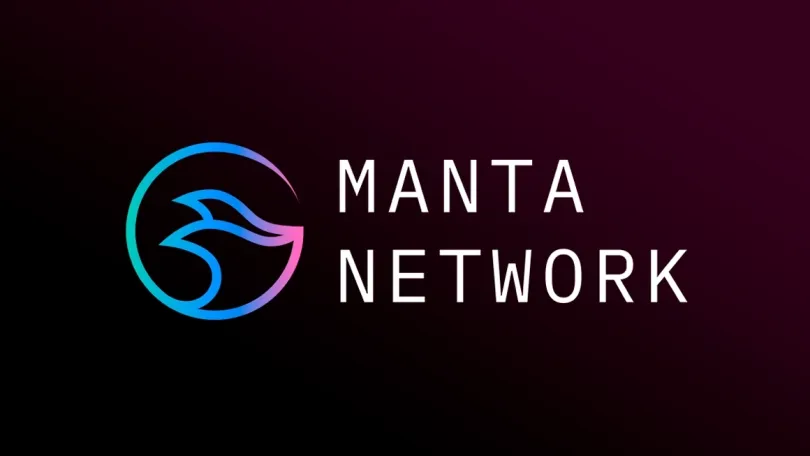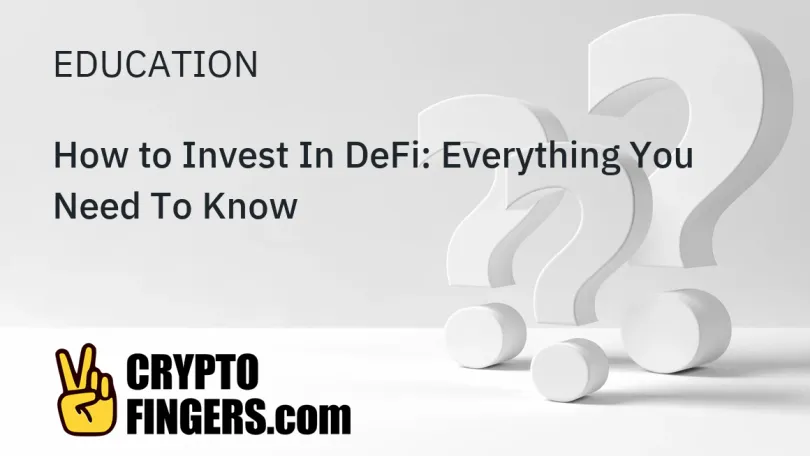⁝⁝⁝
Publications
Since the breakthrough year of 2020, decentralized finance (DeFi) applications have seen market capitalization skyrocketing from $500 million to about $10 billion..
Polygon is a layer-2 scaling infrastructure on the Ethereum blockchain, while MATIC is its native token used to power the ecosystem. As they are often confused in the crypto community, learn..
Satoshi Nakamoto created Bitcoin with decentralisation as the key component of the blockchain. It is fair to say that at cryptocurrencies’ dawn of time, Satoshi’s Bitcoin launch, very few..
Seven years after they were created, NFTs broke into the mainstream. Click through to learn the basics of non-fungible tokens, why they’re so popular, and how to make them yourself..
Unlike other crypto assets, stablecoins have fewer risks because they aren't typically affected by strong price swings. But with stablecoins growing in popularity in the last few years..
Jupiter (JUP) is a DEX that provides over 80% of all retail liquidity on Solana.
Veles is a trading bot platform that allows users to save their time..
Emerging from an idea to address the limitations of existing blockchain solutions, Manta Network is a multi-modular ecosystem consisting of two blockchain networks focused on zero-disclosure..
Defi investment can be intimidating for those new to the crypto world. This guide aims to simplify the process by defining what DeFi is and highlighting potential investment opportunities..
Bitcoin pizza has become a popular trend in recent years, with restaurants now accepting digital currency payments for delicious slices..
⁝⁝⁝
Trending news
- Artificial Intelligence (AI)
- Altcoins
- Bitcoin
- DeFi
- Ethereum
- Economy
- Market and Events
- Metaverse
- Mining
- NFT
- Regulation
- Web3
- show less
⁝⁝⁝ Test your knowledge



























